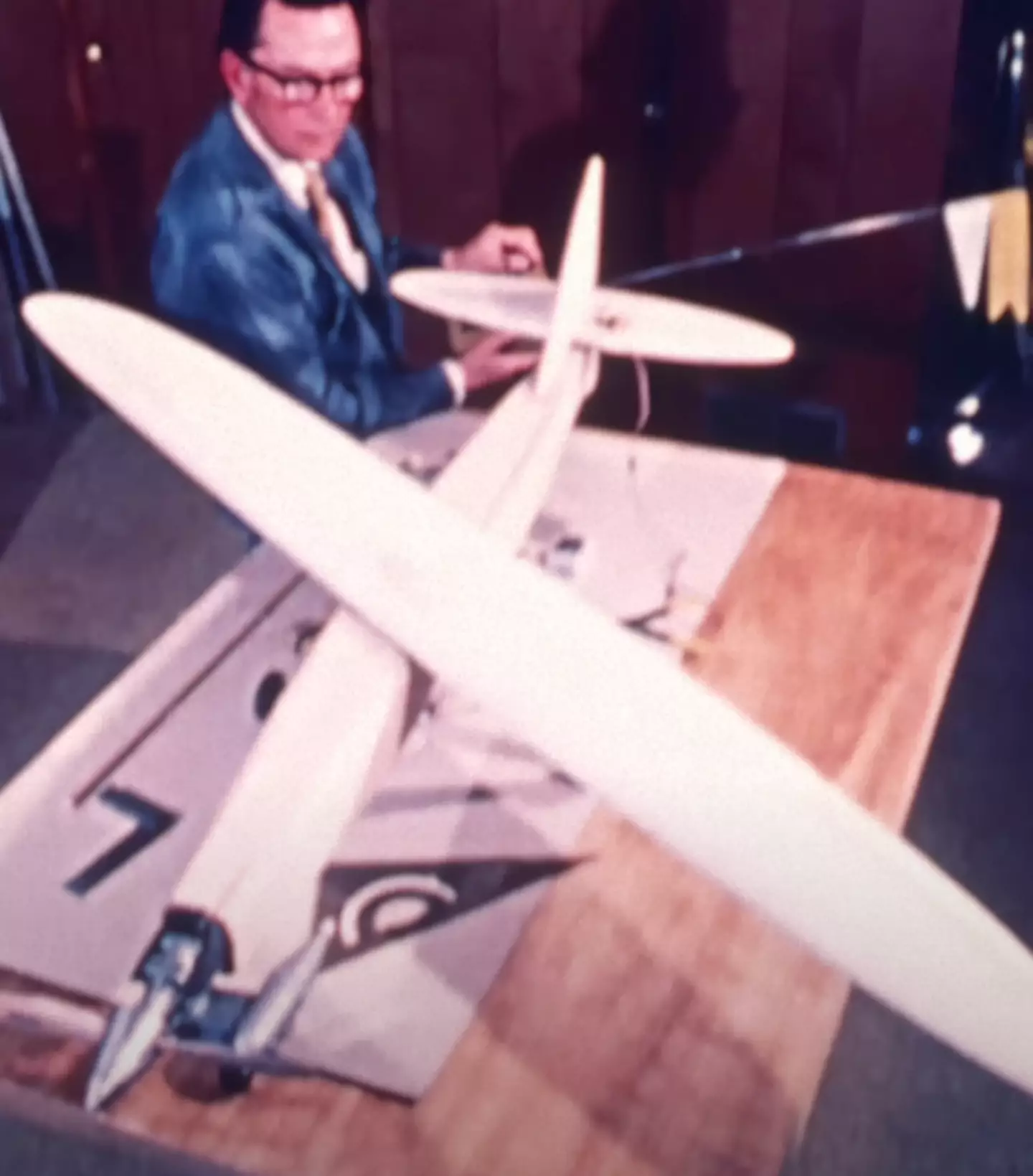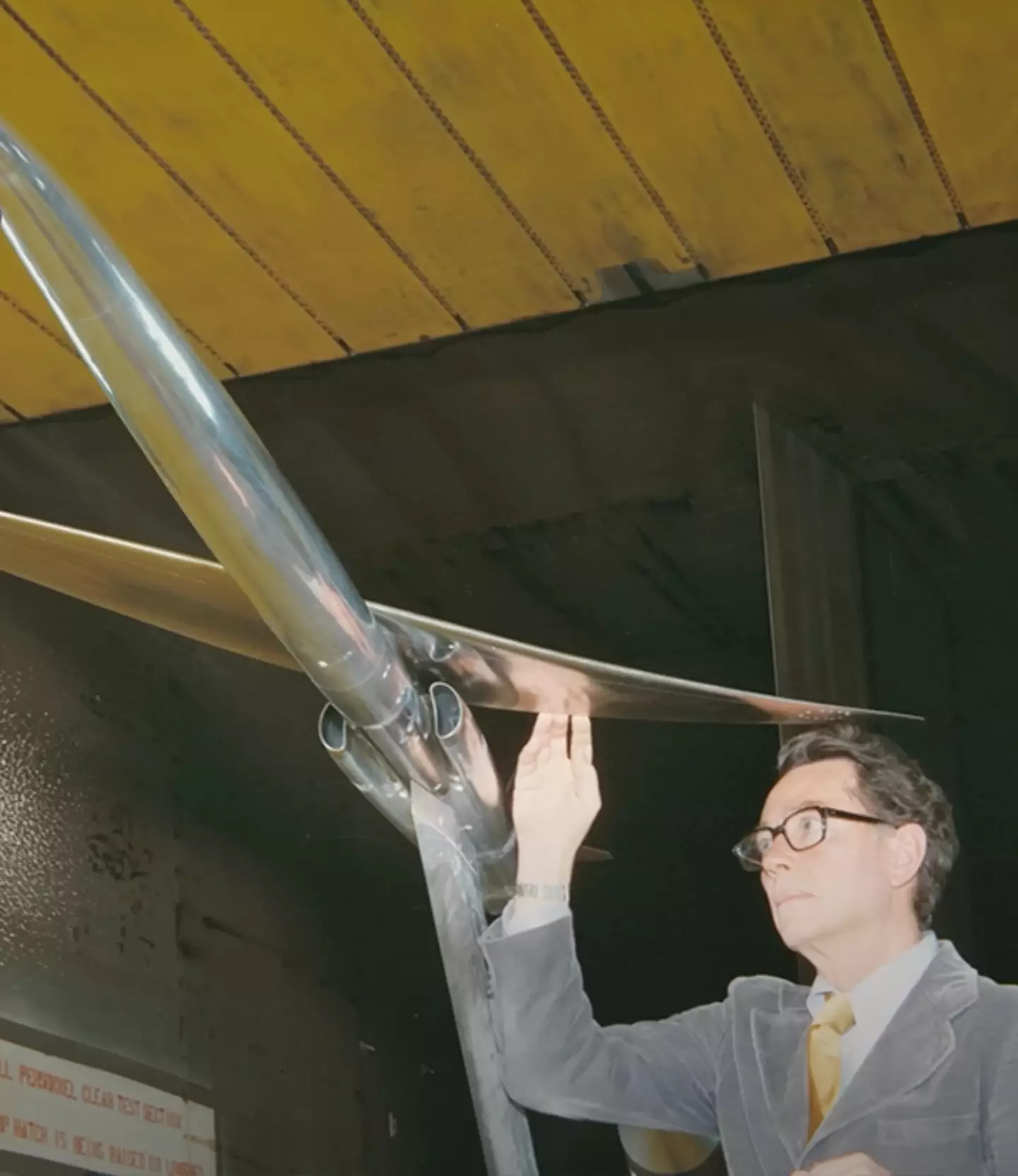
Symmetry in flight has always been an understandable law of nature, from butterflies to birds of prey.
And this concept seems to have found its way into the principles of aircraft design.
However, according to one YouTube video, 'our stubborn insistence on symmetry might’ve been a mistake.'
In the 1950s, a NASA engineer called Robert Thomas Jones tried to push the boundaries and ended up proving that 'aircraft didn't have to be symmetrical' to fly.
Advert

Over time, pilots knew once they went beyond a specific speed limit, the aircraft stopped accelerating and became very hard to control mid-air. They called this the 'sound barrier'.
Until one day in 1947, a pilot managed to fly past the 'barrier' and proved that it wasn't a barrier at all, but the wing arrangement affected aircraft at certain speeds.
Therefore, engineers realised that flying at subsonic and supersonic speeds required different wing shapes.
Advert
This discovery led Jones to design an entirely new wing arrangement called an 'oblique wing', also known as a skewed wing. It was a 'radical concept' that involved a 'single wing that rotated on a centre pivot' - similar to a helicopter.
At first glance, it looks all wrong, the video described that it would simply 'corkscrew its way through the sky.'
However, the developments led to a change in beliefs. It wasn't until the 1970s, after many wind tunnel tests with radio-controlled prototypes, that Jones proved that the aircraft was surprisingly 'stable and controllable.'

Advert
'The implications of his work were profound, suggesting that we should be flying a lot faster and more efficiently than we are today,' the video stated.
The design offered several advantages for low-speed flight in that its ability to pivot into a straight wing improved both efficiency, and take-off and landing performance.
Additionally, the oblique flying wing was ideal for supersonic speed flying as the angled orientation of the wing minimised drag. As a result, the streamlined shape improved the overall aerodynamic efficiency.
What's more is that the asymmetrical aircraft could also revolutionise commercial air transportation, reducing fuel costs and noise within airport proximity.
Advert
However, despite the promising strides and proof of concept, the plan never really took off. In the early 1990s, budget constraints and other priorities put the oblique wing research programs on hold.
To this day, the only manned subsonic aircraft that tested out the design was the NASA Ames-Dryden-1 (AD-1) in 1979.